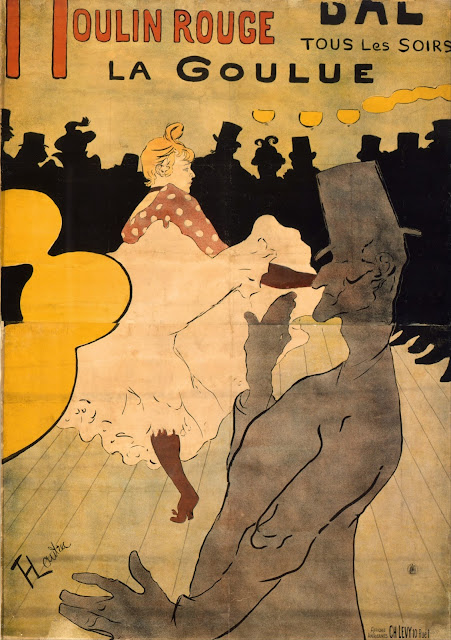It has been over a year since my last post. There are many reasons for why I stopped posting here but I am not going to go on and on about that. It is no fun dwelling in the past when there are so many things to look forward to.
As of a few months ago I have finally realized that I CAN be the artist that I've always wanted to be. I looked at some of the contemporary artists that I follow on a regular basis and just thought "Why can't I?"
I mean surely there are more talented people than me, more experiences people than me, more- the list can go on and on.
But the interesting part is that after I wrote down "Why can't I?" in my sketchbook I wrote "Listen to the silence." Listen to the silence. Just because there is silence doesn't mean that something is wrong. It doesn't mean hurry up and find something different to do. It means enjoy that moment. Enjoy the quiet moments where you are stuck on an idea or don't know how to proceed. Enjoy just where you are at that moment.
This was very important to me and my realization about following my passion. It meant I wasn't a screw up for not figuring things out right away. I was right where I needed to be. If I never realized that I could be an artist then I would still be in the process of figuring out why the heck I got my art degree in the first place and what I was going to do with it.
In college I was taught that with my degree I wouldn't be an artist. I was taught to think that I needed to find something art related but I couldn't have my career be "artist." This is so wrong.
- Because people in college are still figuring themselves out and molding themselves into who they want to be when they are older.
- Because just because you aren't the most talented at a certain thing and there are a million artists in the world doesn't mean you can't be an artist.
- Because being realistic and being a dreamer do NOT need to be separate.
So over the next few posts I am going to be trying out some new ideas, maybe more personal blog posts like this, maybe more of what I am working on and how. I just needed to give you all a little update. I want to share with you my journey through learning how to be a successful artist and have a support system in place for anyone attempting to follow their dreams. Let me know if you liked this and want more of the personal blog or if you want something else!
I am slowly but surely figuring it all out. But watch me. I am going to be an artist.
- Art Otter
p.s. If anyone has any helpful podcasts, books, webinars that they think are related to this and helpful, please share below!














%2C_oil_on_canvas%2C_65.1_x_80.6_cm%2C_Minneapolis_Institute_of_Arts.jpg)

%2C_oil_on_canvas%2C_71.1_x_55.9_cm%2C_Tate_Modern%2C_London.jpg)





.jpg)







